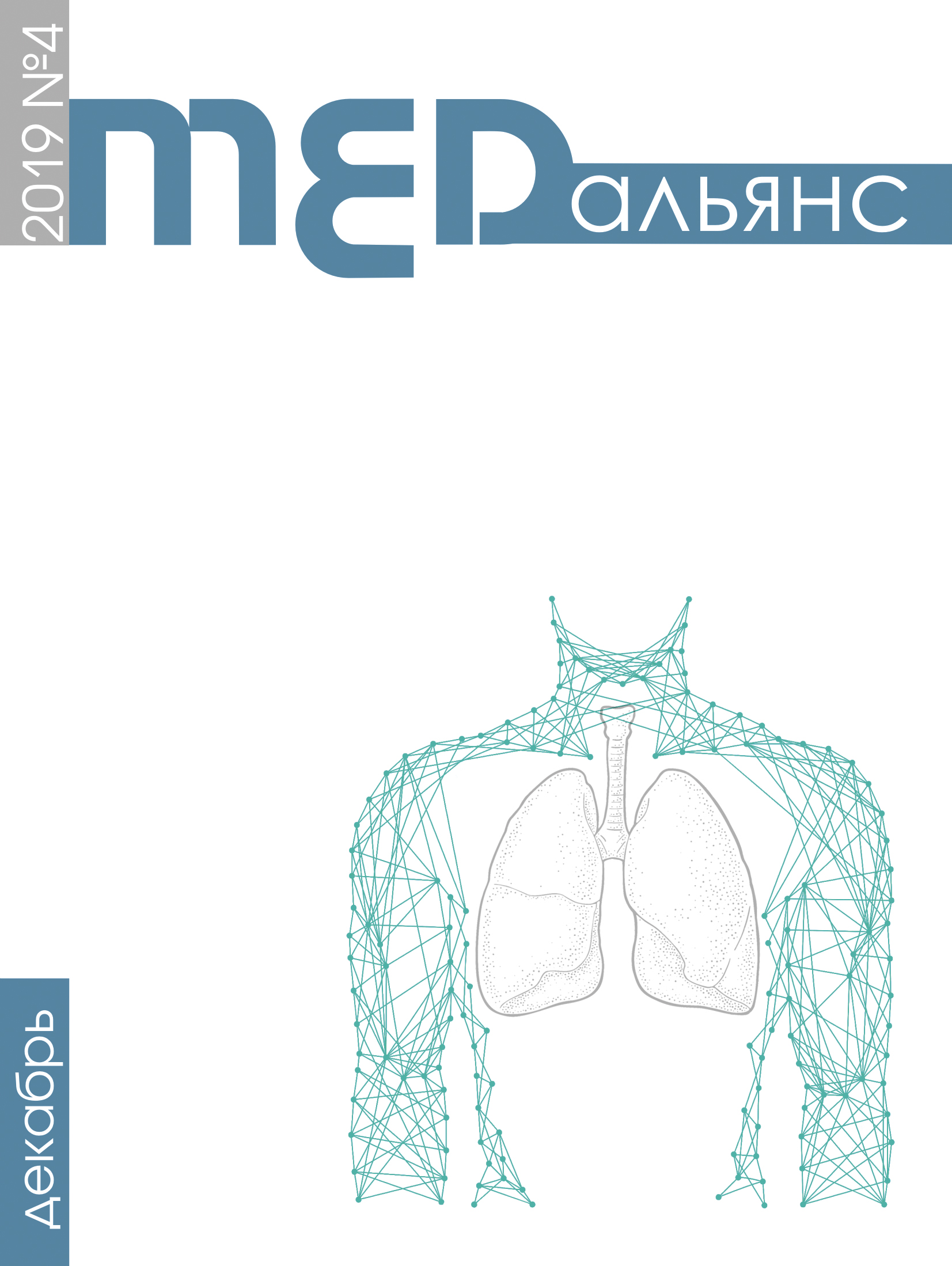Аннотация
Целью исследования было определение эффективности использования внутрикожной пробы с аллергеном туберкулезным рекомбинантным (АТР) для обследования взрослых контактных лиц в очагах туберкулеза в организованных воинских коллективах. Материалы и методы. Проанализированы 2 случая групповой заболеваемости военнослужащих туберкулезом, имевшие место за последние пять лет. Источниками инфекции в обоих случаях были больные туберкулезом с распадом легочной ткани и бактериовыделением, находившиеся в организованных воинских коллективах в течение 6 и 4 мес. Всего в очагах было выявлено 13 и 18 больных туберкулезом соответственно. Количество контактных лиц в первом очаге инфекции составило 100 человек, во втором — 951. Результаты. В первом случае реакция на пробу с АТР у 38 человек (38%) оказалась положительной, в том числе у 30 — гиперергической. При флюорографическом обследовании органов грудной полости у всех 100 контактных лиц патологии не было обнаружено. Лицам с гиперергической реакцией на пробу с АТР (30 человек) выполняли компьютерную томографию (КТ) органов грудной полости. У 9 человек (30%) были выявлены минимальные очаговые изменения в легочной ткани, что послужило основанием для дальнейшего обследования и лечения в специализированном стационаре. Через 4 мес при повторной постановке пробы с АТР контактным лицам было отмечено 5 случаев конверсии и 4 случая нарастания выраженности реакции. При КТ органов грудной полости среди этих лиц был выявлен еще один больной очаговым туберкулезом легких. Во втором случае положительные реакции на пробу с АТР имели место у 214 человек (22,5% обследованных контактных лиц). Частота положительной реакции в различных подразделениях крупного воинского коллектива (951 человек) варьировала в зависимости от эпидемиологических характеристик источников инфекции. В тех подразделениях, где были выявлены больные туберкулезом с бактериовыделением, у военнослужащих отмечался максимум положительных реакций — 41,2%. Контактные лица в очагах туберкулеза получали стандартный курс химиопрофилактики изониазидом, а при положительной реакции на пробу с АТР — курс превентивного лечения латентной туберкулезной инфекции (ЛТИ) двумя противотуберкулезными препаратами первого ряда. Повторных случаев заболевания после 4 лет наблюдения первого очага и 2 лет наблюдения второго очага не выявлено. Заключение. Использование пробы с АТР в очагах туберкулеза помогает выявить лиц, нуждающихся в углубленном обследовании с применением высокоинформативного метода лучевой диагностики — КТ органов грудной полости. Качественное проведение химиопрофилактики и превентивного лечения ЛТИ позволяет остановить дальнейшее распространение заболевания в организованных воинских коллективах.

